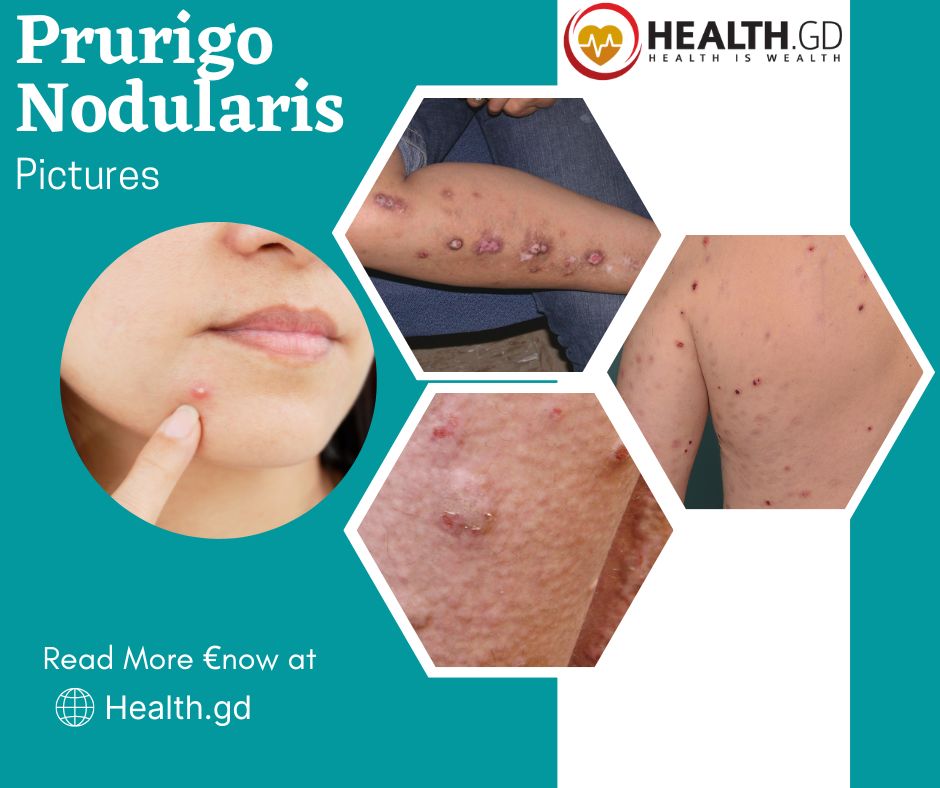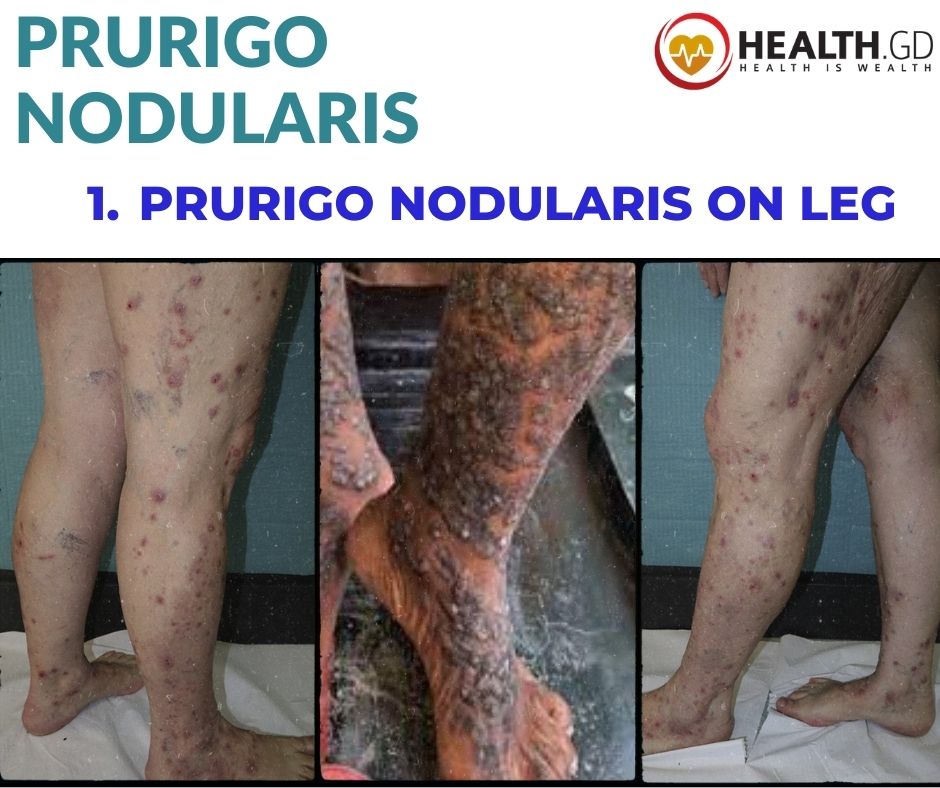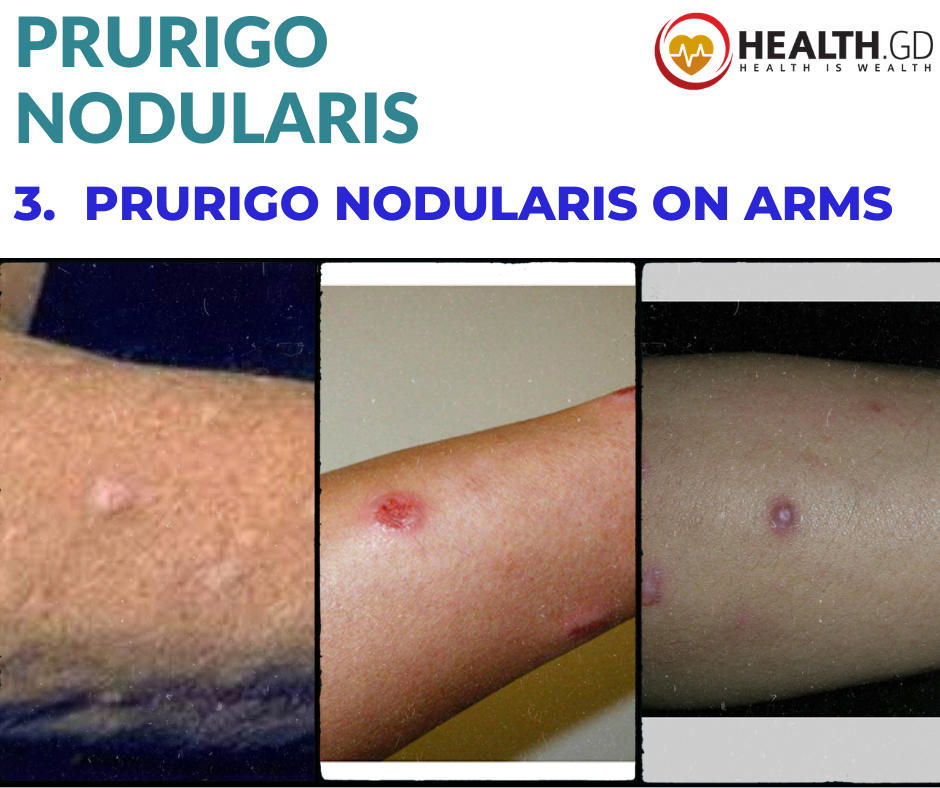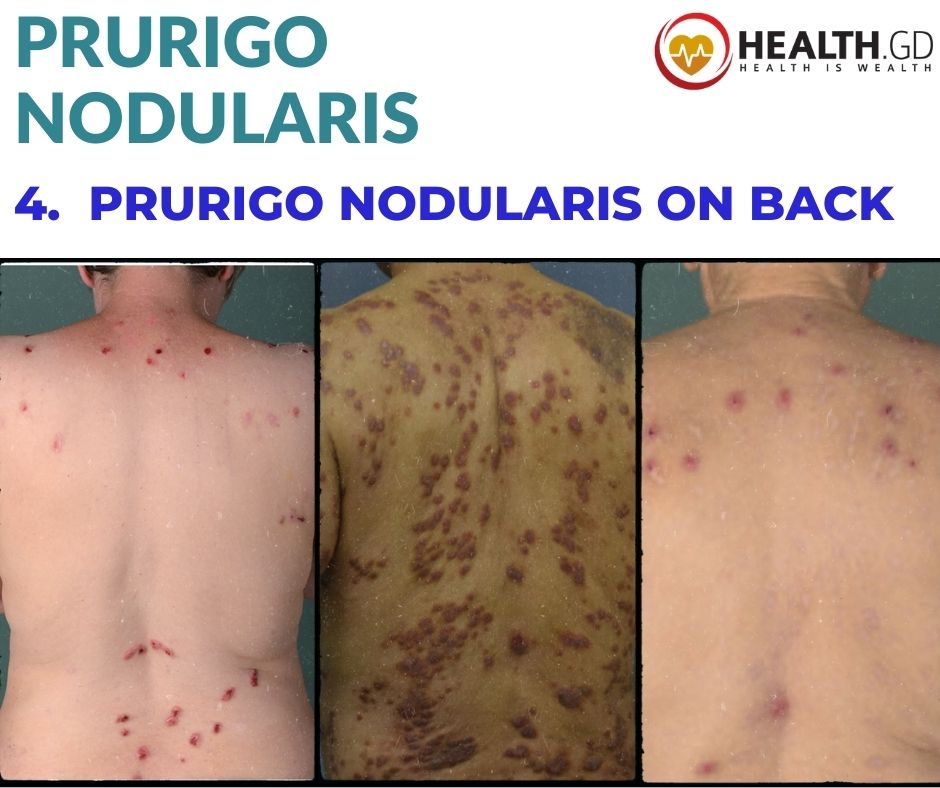Introduction
Pictures of Prurigo nodularis (PN) will show you an itchy, symmetrically distributed rash on your skin. When someone continually rubs, scrapes, or picks at their skin, Prurigo nodularis results in irritating pimples on the skin.

Nodules are dermatologists for annoying spots appearing anywhere on the skin that can be scored, liked, or scratched. The most typical areas where Prurigo nodularis (PN) occurs are the arms, legs, upper back, and belly.
PN may manifest alone or in conjunction with other skin problems or underlying illnesses that broadly impact the body, such as cancer, diabetes, chronic renal disease, or AIDS. PN is more regularly linked to inflammatory skin conditions, most commonly eczema, among younger people (also called atopic dermatitis).
Prurigo nodularis (PN) can strike at any age, although it strikes the elderly more frequently.
Prurigo nodularis can develop in persons who do not already have another skin condition that causes itching. Many individuals with chronically itching skin never develop prurigo nodularis.
Pictures Of Prurigo Nodularis
If you see the pictures of prurigo nodularis, you can understand the itch brought on by Prurigo nodularis (PN) is so intense that it frequently disrupts sleep and mental health. Before we go further, Let me show you pictures of prurigo nodularis.

The pimples might be pink, crimson, or brownish-black, or they can match your skin tone. The size can range from smaller than a pinhead to more significant than a U.S. quarter. Also, you might have a few lumps on your skin or more than 100. This figure lies somewhere around the middle for most folks.

The intensity of the rash can range from a few to several hundred lesions, and the size of the lesions can vary from between half and two millimetres broad. The distribution of lesions is often symmetrical, and they might take the form of plaques, nodules, or complex, dome-shaped papules.

If you see the pictures of prurigo nodularis, you may find Lesion colours include flesh, pink, red, brown, and black. Lesions can range in size from a half centimetre to two centimetres broad and in severity from just a few to several hundred. The distribution of lesions is often symmetrical, and they might take the form of plaques, nodules, or complex, dome-shaped papules.

The breadth and depth of papules, nodules, and plaques in the skin layers vary. A spot is a raised lesion with a diameter of less than 1 cm elevated above the skin’s surface; a nodule is an elevated lesion with a diameter of more than 1 cm. That extends into the dermis (the skin layer below the epidermis), and a plaque is an elevated lesion with a diameter of more than 1 cm that is broader than deep.
Development of Prurigo Nodularis
The bumps may emerge when internal factors are precisely perfect. Intense internal inflammation, thicker (and more excitable) nerves from scratching, and changes to the individual’s immune system may be what create the ideal circumstances.
Researchers are attempting to pinpoint the precise cause of the irritated skin. Many persons who acquire prurigo nodularis have severe itching of the skin. These disorders include atopic dermatitis, an allergy, and end-stage renal disease.
The keratin protein that makes up skin thickens (hyperkeratotic) skin regions affected by PN, similar to what happens when corns and calluses form and become dry and leathery (lichenified: the skin has become thickened and leathery. Moreover, this often results from continuously rubbing or scratching the skin.), as is observed in other skin disorders like eczema, where the skin is constantly irritated. If germs invade lesions, complications could happen. Scars and discoloured markings may remain after lesions have healed. Being difficult to scratch and hence less likely to develop lesions, the middle back is frequently lesion-free.
Problems due to Prurigo Nodularis
Skin Irritation: Altered immune system and skin nerve function are related to increased itching (pruritus) and frequent scratching. Some claim that their skin burns or stings rather than being irritated. Patients have reported additional, albeit uncommon, feelings, such as the impression that insects are crawling over their skin.
Regular skin picking and scratching contribute to the disease’s lesion thickness and development.
The irritating pimples can form anywhere, but the majority do so on the
- Arms
- Legs
- Upper back
- Lower back
- Buttocks
- Abdomen
The skin frequently itches before the prurigo nodularis itchy lumps show up. This itch may come in brief spurts or be persistent. It’s generally intense either way. Some may have itching spots. Others have skin that is heavily covered in itching.
Impact on Life: A person’s quality of life may be impacted by prurigo nodularis.
A persistent, intense itch may impact your quality of life. Patients have informed dermatologists that the discomfort leads them to:
- Having issues sleeping
- days off from work (or school)
- Feel depressed, guilty, or powerless
- Limit your social interactions.
- Retire early. Dark patches, bright spots, or scars may form as the bumps fade.
Diagnosis of Prurigo Nodularis
Dermatologists often base their diagnoses on clinical signs and symptoms and patient response to treatment, although microscopic analysis of a skin biopsy can help confirm the diagnosis.
Treatment of Prurigo Nodularis
Treatment for PN symptoms is necessary because lesions seldom go away independently without care. It may last for months or years without therapy. You could notice flat; black patches spots paler than your normal skin tone, or scars where the nodes formerly were when the lumps start to go away.
Individuals with the condition are occasionally given prescription drugs intended to treat other skin conditions, such as topical lotions and medications that modify the immune system.
Conclusion
If you have itchy bumps on your skin that last for more than two weeks, see a dermatologist. If you have prurigo nodularis, an early diagnosis and treatment can relieve the itch and clear the bumps. When the itchy bumps indicate that you have another disease like the one listed above, your dermatologist can help you get the care you need.








